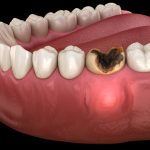Longevity of Teeth Fillings: How Long Can You Expect Them to Last?
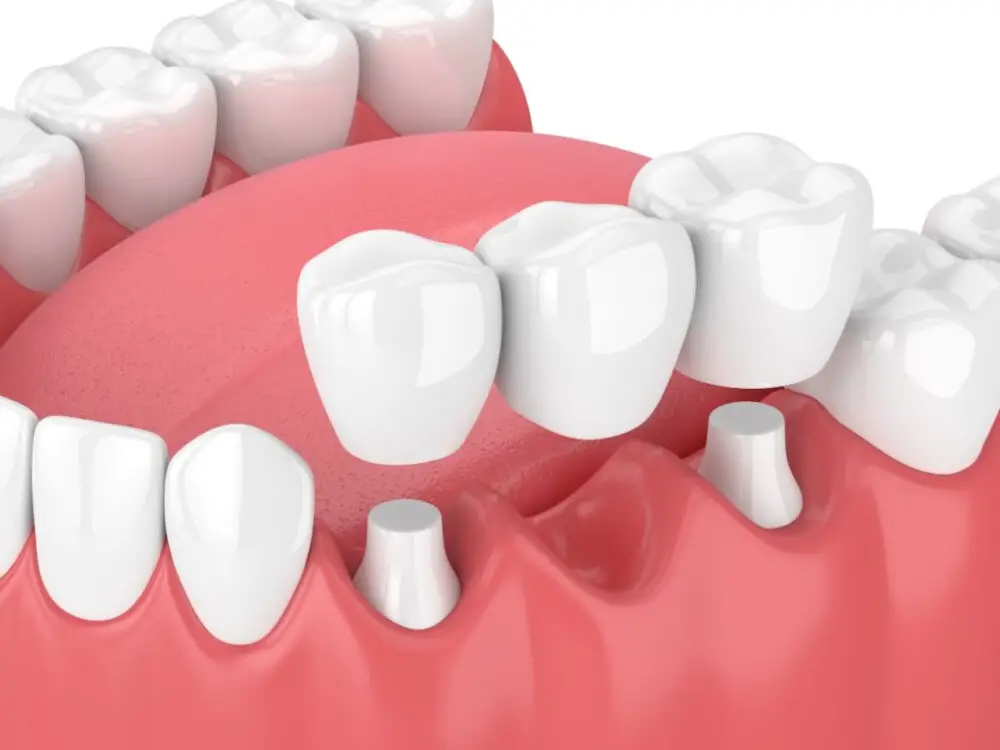
Dental fillings are a common treatment among both children and adults to restore teeth that have been damaged by cavities or decay. However, many people are unaware of the longevity of their fillings and how long they can expect them to last. The lifespan of dental fillings can vary greatly depending on a number of factors, including the material used, the location of the filling, and the individual’s oral hygiene habits. The most common materials used for dental fillings include amalgam, composite resin, gold, and porcelain. Each material has its own set of advantages and disadvantages, and some may last longer than others. Additionally, the location of the filling can impact its longevity, as fillings on the front teeth are exposed to less force and wear than those on the back teeth. Understanding the factors that contribute to the longevity of dental fillings can help individuals make informed decisions about their dental health and treatment options.
Factors Affecting the Longevity of Teeth Fillings
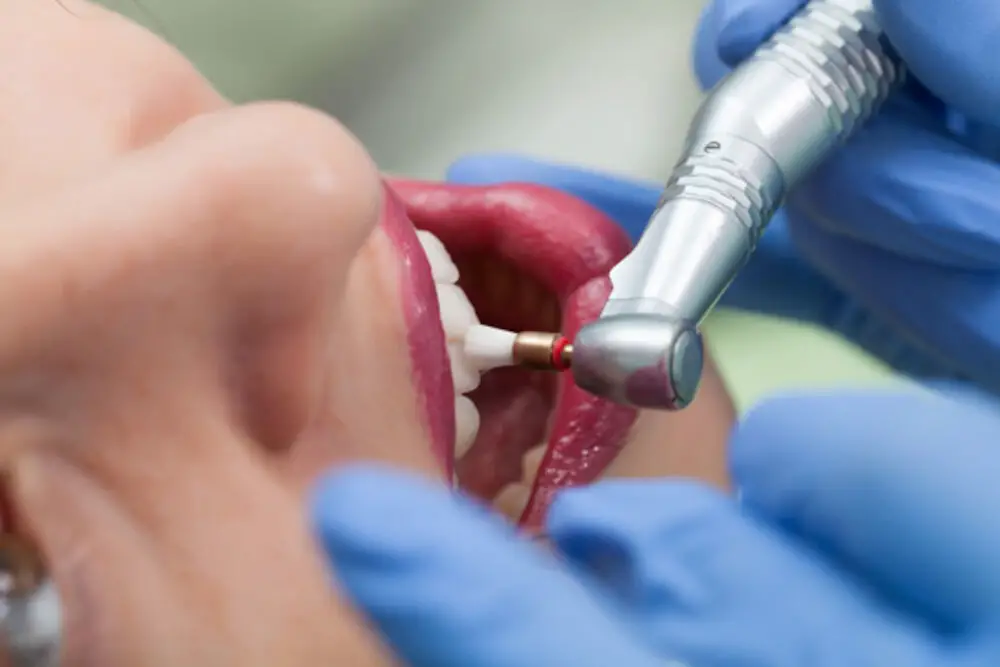
Dental fillings are a common dental treatment used to fill cavities and protect the teeth from further damage. However, the longevity of dental fillings can vary depending on several factors such as the type of filling material used, the size and location of the filling, and the patient’s oral hygiene habits. Generally, dental fillings can last anywhere from 5 to 15 years, but with proper care and maintenance, they can last even longer. One of the most significant factors affecting the longevity of teeth fillings is the type of filling material used. Amalgam fillings, also known as silver fillings, can last up to 15 years or more, while composite resin fillings have a shorter lifespan of around 5 to 7 years. However, composite fillings are more aesthetically pleasing and can be color-matched to the natural teeth, making them a popular choice for front teeth. Additionally, the size and location of the filling can also affect its longevity. Fillings in larger cavities or those located in areas with a lot of chewing pressure, such as the molars, may wear down faster and require replacement sooner.
Fillings are a common dental procedure to repair a damaged tooth. There are several types of filling materials available, each with its own pros and cons. Amalgam fillings are made of a mixture of metals and have been used for over a century. They are durable, long-lasting, and the most affordable option. However, they are highly visible and may not be suitable for front teeth. Composite resin fillings are tooth-colored and blend in with natural teeth. They are a popular choice for cosmetic reasons, but they are not as durable as amalgam fillings and may need to be replaced sooner. Ceramic fillings are a newer option that is highly durable and tooth-colored, but they are also the most expensive. Gold fillings are another durable option, but they are also the most noticeable and may not be suitable for front teeth. Ultimately, the type of filling material used will depend on the location of the tooth, the extent of the damage, and the patient’s budget and preferences.
The size and location of a dental filling can have a significant impact on its longevity. Larger fillings tend to be more prone to failure due to the increased stress placed on the tooth. Additionally, fillings located in areas of the mouth that are subject to a lot of pressure, such as the molars, may also be more likely to fail over time. However, smaller fillings in less-stressed areas of the mouth may last longer. The type of material used for the filling can also play a role in its durability. Overall, it is important to discuss with your dentist the best type and location of filling for your specific dental needs.
Oral hygiene habits play a crucial role in the longevity of teeth fillings. Brushing twice a day and flossing once a day can help prevent tooth decay and gum disease, which can weaken the tooth structure and compromise the filling’s integrity. Additionally, using an antiseptic mouthwash can help kill bacteria and reduce plaque buildup, further protecting the teeth and fillings. It’s also important to avoid sugary and acidic foods and drinks, which can erode the enamel and cause cavities. Regular dental checkups and cleanings can detect any issues early on and prevent the need for more extensive dental work down the line. By adopting good oral hygiene habits and maintaining a healthy diet, patients can help ensure the longevity of their teeth fillings and overall oral health.
The longevity of teeth fillings depends on several factors, including the chewing and biting forces that the filling is subjected to. The human jaw can exert a force of up to 260 pounds per square inch, making it a powerful tool for biting and chewing. When a filling is placed in a tooth, it must be able to withstand these forces without breaking or becoming dislodged. The type of filling material used can also impact its ability to withstand these forces. For example, composite fillings are more prone to chipping or wearing down over time than gold or porcelain fillings. Therefore, it is important to consider the chewing and biting forces that a filling will be subjected to when choosing the appropriate filling material and to visit a dentist regularly to monitor the filling’s condition over time.
The presence of teeth grinding or clenching, also known as bruxism, can significantly impact the longevity of teeth fillings. Bruxism can put immense pressure on the fillings, causing them to crack, chip, or wear down faster than expected. In addition, the constant grinding and clenching can also damage the surrounding teeth, leading to the need for additional fillings or even more extensive dental work. It is essential to address bruxism to ensure the longevity of dental fillings and overall oral health. Various treatment options, such as mouthguards or behavior modification techniques, can help manage bruxism and protect dental restorations.
Average Lifespan of Different Filling Materials
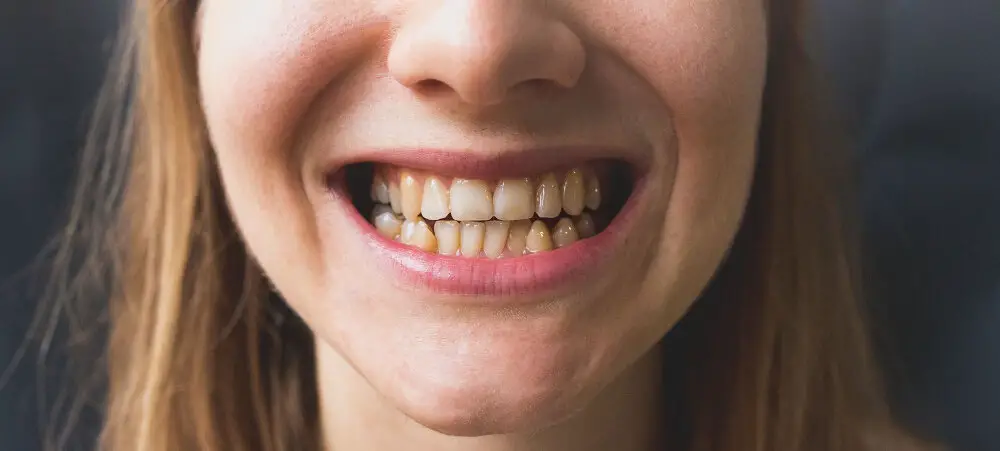
The longevity of teeth fillings largely depends on the material used for filling. There are different types of filling materials, and each one has its own lifespan. Amalgam fillings, which are made of a combination of metals, are known for their durability and can last up to 15 years. However, they are not aesthetically pleasing and may darken over time. Composite fillings, on the other hand, are made of a mixture of plastic and glass and have a lifespan of up to 10 years. They are more aesthetically pleasing than amalgam fillings and can be color-matched to the natural teeth. However, they are not as durable and may need to be replaced more frequently. Ceramic fillings are made of porcelain and have a lifespan of up to 15 years. They are highly aesthetic and can be color-matched to the natural teeth. However, they are not as durable as amalgam fillings and may be prone to chipping or cracking. Gold fillings are the most durable and can last up to 20 years or more. However, they are the most expensive and not aesthetically pleasing. Ultimately, the lifespan of teeth fillings depends on several factors, including the material used, the location of the filling, and the oral hygiene habits of the patient.
Amalgam fillings, also known as silver fillings, have been used for over a century to treat cavities and decay in teeth. These fillings are made of a mixture of metals, including silver, copper, and tin, which are bound together with mercury. While they are known for their durability and strength, some people have raised concerns about the potential health risks associated with mercury exposure. However, numerous studies have shown that the amount of mercury released from amalgam fillings is very small and does not pose a significant health risk. Overall, amalgam fillings are a reliable and long-lasting option for treating dental cavities.
Composite fillings, also known as tooth-colored fillings, are made of a mixture of plastic and glass materials. These fillings are a popular alternative to traditional metal fillings because they blend in with the natural color of the tooth, making them virtually invisible. Composite fillings are also less likely to cause tooth sensitivity and require less of the natural tooth to be removed during the filling process. However, they are not as durable as metal fillings and may need to be replaced every 5 to 10 years, depending on the location and extent of the filling. Despite this, composite fillings are a great choice for those who want a natural-looking and comfortable filling option.
Gold fillings, also known as inlays or onlays, are a type of dental restoration that is considered one of the most durable and long-lasting options available. Made from a mixture of gold, copper, and other metals, these fillings are custom-made to fit into the cavity in your tooth and are cemented into place. Gold fillings are renowned for their strength and durability and can last for up to 20 years or more with proper care. Although they are more expensive than other types of fillings, many people choose gold fillings because they offer a high level of protection for the tooth and are less likely to wear down or crack over time. Additionally, gold fillings are biocompatible, meaning that they are well-tolerated by the body and do not cause any adverse reactions.
Ceramic fillings, also known as porcelain fillings, are a popular and aesthetically pleasing option for dental restorations. They are made from a strong and durable material that closely mimics the natural color and texture of teeth. Ceramic fillings are resistant to staining, making them an excellent choice for restoring front teeth. They are also biocompatible, meaning they are unlikely to cause any allergic reactions or sensitivity. While ceramic fillings are more expensive than other types of fillings, their longevity can make them a cost-effective option in the long run. With proper care and maintenance, ceramic fillings can last for up to 15 years or even longer.
Signs of Worn or Damaged Fillings
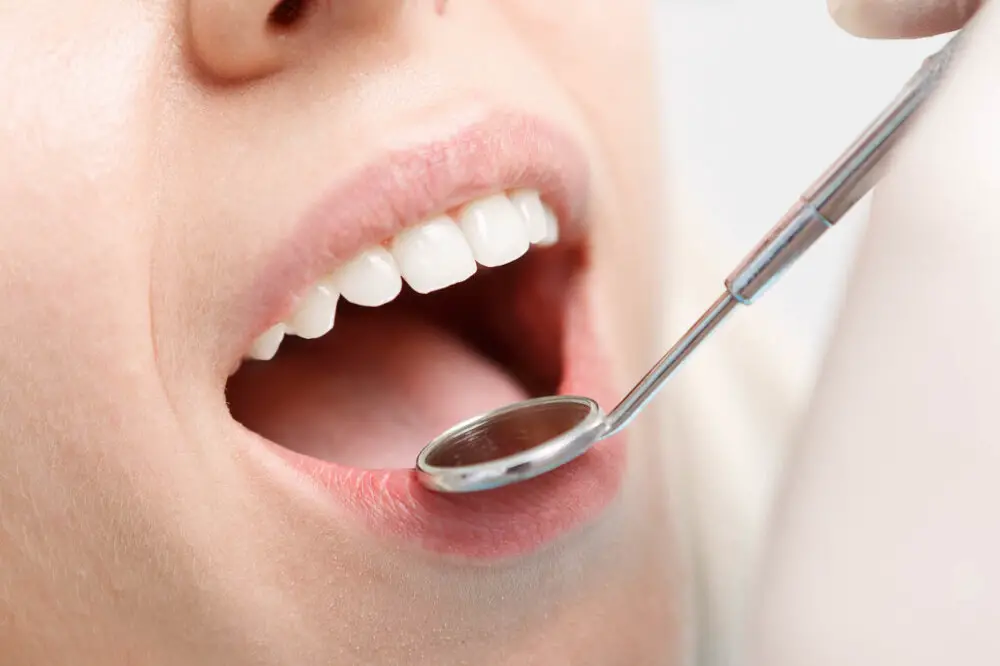
Worn or damaged fillings can cause significant problems in your dental health. It is essential to keep an eye on the signs of worn or damaged fillings to ensure that you receive the necessary treatment before the situation worsens. One of the most apparent signs is sensitivity to hot and cold food or drinks. When the filling is worn or damaged, it can cause the tooth to become sensitive and painful when exposed to extreme temperatures. This pain can be sharp and sudden, and it can last for a few seconds to a few minutes. If you experience this kind of sensitivity, it is crucial to see your dentist immediately to avoid further damage to your teeth. Another sign of worn or damaged fillings is visible cracks or chips in the filling. If you notice any visible cracks or chips on the surface of the filling, it is an indication that the filling is no longer providing the necessary protection to your tooth. This can lead to bacteria buildup, which can cause further decay and cavities. Additionally, if you experience pain when biting down on food or feel that your bite is uneven, it could be a sign that your filling needs to be replaced. It is important to pay attention to these signs and seek prompt dental care to avoid any further damage to your teeth. Regular dental check-ups can help detect any issues early and prevent any potential problems from developing.
Sensitivity or pain is a common issue that may arise after getting a tooth filling. This discomfort may be caused by a variety of factors, such as the size and location of the filling, the type of material used, or the strength of the bond between the filling and the tooth. It is important to note that some level of sensitivity or pain is normal immediately after the filling procedure, but it should gradually subside over time. However, if the sensitivity or pain persists or worsens, it may indicate a problem with the filling, such as a crack or leakage, that requires attention from a dental professional.
Cracks or chips in dental fillings are a common occurrence and can happen due to various reasons such as biting down on hard objects, trauma, or natural wear and tear over time. These cracks or chips can lead to the filling becoming loose or falling out, leaving the tooth vulnerable to further damage and decay. It is important to have any cracks or chips in fillings examined by a dentist as soon as possible to prevent further damage to the tooth and potentially save the filling. Regular dental check-ups and proper dental hygiene can also help to prolong the life of fillings and prevent the need for frequent replacements.
Discoloration or staining is a common issue that can affect the longevity of teeth fillings. This discoloration can occur due to a variety of factors such as poor oral hygiene, consumption of certain foods and beverages, and smoking. In some cases, the discoloration may be superficial and can be easily removed through professional cleaning or polishing. However, in other cases, the discoloration may be deep-seated, indicating that the filling material has degraded or deteriorated over time. This can compromise the structural integrity of the filling and increase the risk of decay and other dental problems. Therefore, it is important to maintain good oral hygiene and to visit your dentist regularly to ensure that your fillings are in good condition and functioning properly.
Rough or jagged edges on dental fillings can be quite uncomfortable for patients. These rough edges can cause irritation to the tongue, cheeks, or other soft tissues in the mouth. Furthermore, rough edges can make it difficult for the patient to keep the area clean, which can lead to decay or other oral health problems. It is important for dentists to take the time to properly shape and smooth the edges of fillings to ensure patient comfort and optimal oral health. Regular dental check-ups can also help identify any rough or jagged edges and allow for the necessary adjustments to be made to ensure longevity of the filling.
Decay or cavities around the filling are one of the most common reasons for the failure of dental fillings. This occurs when the filling material loses its bond with the tooth, allowing bacteria to penetrate and cause decay. Factors such as poor oral hygiene, inadequate tooth preparation, or an improper fit of the filling can lead to this complication. If left untreated, the decay can spread and lead to further damage, ultimately requiring more extensive treatment such as a root canal or even extraction. To prevent this from happening, regular dental check-ups and good oral hygiene practices such as brushing twice a day and flossing can help to maintain the longevity of dental fillings.
Tips for Maintaining the Longevity of Teeth Fillings

Maintaining the longevity of teeth fillings is essential to ensure that they last as long as possible. One of the most important things you can do is practice good oral hygiene. Brushing and flossing regularly will help prevent decay and keep your teeth clean. It is also important to avoid eating hard or sticky foods that can damage your fillings. If you do eat these types of foods, make sure to brush and floss immediately afterward to remove any food particles that may be stuck in your teeth. Regular dental check-ups are also crucial for maintaining the longevity of your teeth fillings. During these appointments, your dentist will check for any signs of decay or damage to your fillings. They may also recommend a fluoride treatment to strengthen your teeth and prevent future decay. It is also important to avoid grinding your teeth, as this can damage your fillings and cause them to wear down faster. If you do grind your teeth, talk to your dentist about getting a mouthguard to protect your teeth and fillings. By following these tips, you can ensure that your teeth fillings last as long as possible and keep your teeth healthy for years to come. In addition to good oral hygiene and regular dental check-ups, there are other things you can do to maintain the longevity of your teeth fillings. For example, you should avoid consuming sugary or acidic drinks, as these can erode your tooth enamel and weaken your fillings. You should also avoid using your teeth to open packages or bottles, as this can put unnecessary stress on your fillings and cause them to crack or break. If you do have a filling that is damaged or worn down, it is important to get it replaced as soon as possible to prevent further decay or damage to your tooth. By taking these steps, you can ensure that your teeth fillings last as long as possible and keep your teeth healthy and strong.
Brushing and flossing regularly is crucial for maintaining good oral hygiene, which is essential in prolonging the longevity of teeth fillings. Brushing your teeth twice a day with fluoride toothpaste helps to remove plaque and food particles that can cause decay and damage to fillings. Flossing at least once a day helps to remove plaque and debris from hard-to-reach areas between teeth. By regularly cleaning your teeth, you can prevent the growth of bacteria and prevent further decay from forming around your fillings. Ultimately, practicing good oral hygiene habits in conjunction with regular dental check-ups can help extend the life of your fillings and keep your teeth healthy for years to come.
Using a fluoride mouthwash is an effective way to promote the longevity of your teeth fillings. Fluoride is a mineral that helps to strengthen tooth enamel, making it more resistant to decay and erosion. A fluoride mouthwash can help to replenish the fluoride levels in your mouth after brushing and flossing, and can provide an extra layer of protection against cavities. By incorporating a fluoride mouthwash into your daily oral care routine, you can help to ensure that your teeth fillings last as long as possible, reducing the need for frequent replacements and saving you time and money in the long run.
To ensure the longevity of your teeth fillings, it is recommended to avoid hard or sticky foods. While it may be tempting to indulge in crunchy snacks or chewy candies, these types of foods can put excessive pressure on your teeth, which can cause your fillings to crack or become dislodged. Sticky foods, such as caramel or chewing gum, can also pull on your fillings and weaken the bond between the filling and your tooth. Therefore, it is crucial to make smart food choices and opt for softer, less sticky alternatives to keep your fillings intact and your teeth healthy.
If you have a habit of grinding or clenching your teeth, it’s important to protect them with a mouthguard. Teeth grinding, also known as bruxism, can cause significant damage to both natural teeth and fillings. Over time, the constant pressure and friction can wear down the filling material, leading to cracks, chips, and even complete failure. A mouthguard acts as a physical barrier between your teeth, preventing them from grinding together and reducing the amount of force placed on your dental work. By taking this simple step, you can help extend the longevity of your fillings and preserve your overall dental health.
Regular dental checkups are crucial to maintaining the longevity of teeth fillings. It is recommended to schedule a checkup every six months to ensure that any new cavities or issues with existing fillings are caught and addressed promptly. During these checkups, the dentist will examine your teeth and fillings, take X-rays if necessary, and clean your teeth to remove any plaque or tartar buildup. By staying on top of your dental health, you can ensure that your fillings remain intact for as long as possible, saving you time, money, and potential discomfort in the long run.
In summary, the lifespan of teeth fillings is influenced by several factors, such as the material utilized, oral hygiene habits, and biting forces. It is crucial to adopt healthy dental care practices and visit your dentist regularly to ensure that your fillings last longer. In case you detect any signs of worn or damaged fillings, it is advisable to book an appointment with your dentist without delay. By taking care of your teeth fillings, you can avoid potential dental complications and maintain good oral health. Remember that prevention is always better than cure when it comes to dental health.
Conclusion
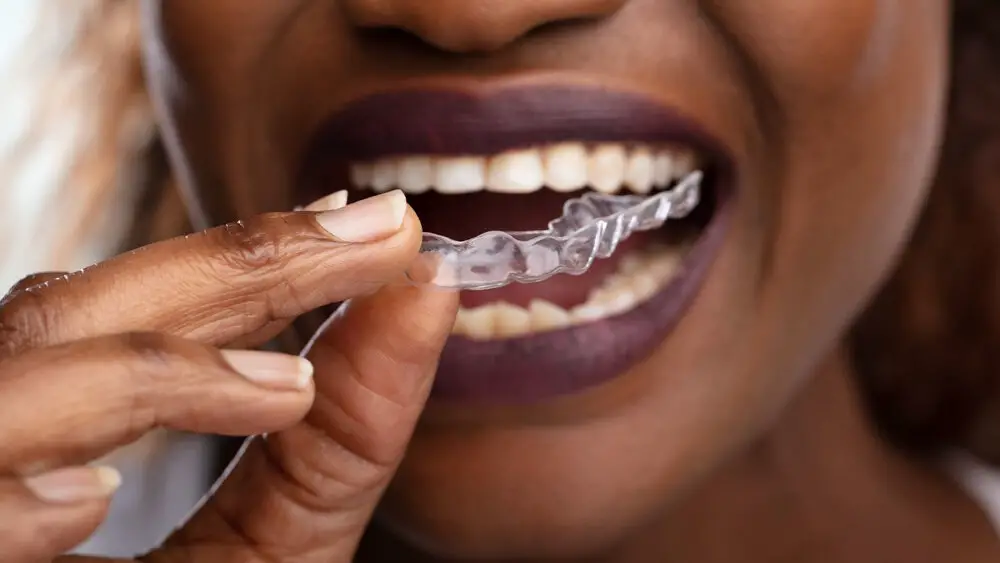
In conclusion, the longevity of teeth fillings largely depends on various factors such as the type of filling, the location of the filling, and the patient’s oral hygiene habits. However, with proper care and maintenance, most fillings can last several years, if not a decade or more. It’s important to visit your dentist regularly for check-ups and to address any issues or concerns with your fillings promptly. Ultimately, the best way to ensure the longevity of your fillings is to prioritize your dental health and take proactive measures to prevent further decay or damage to your teeth.




